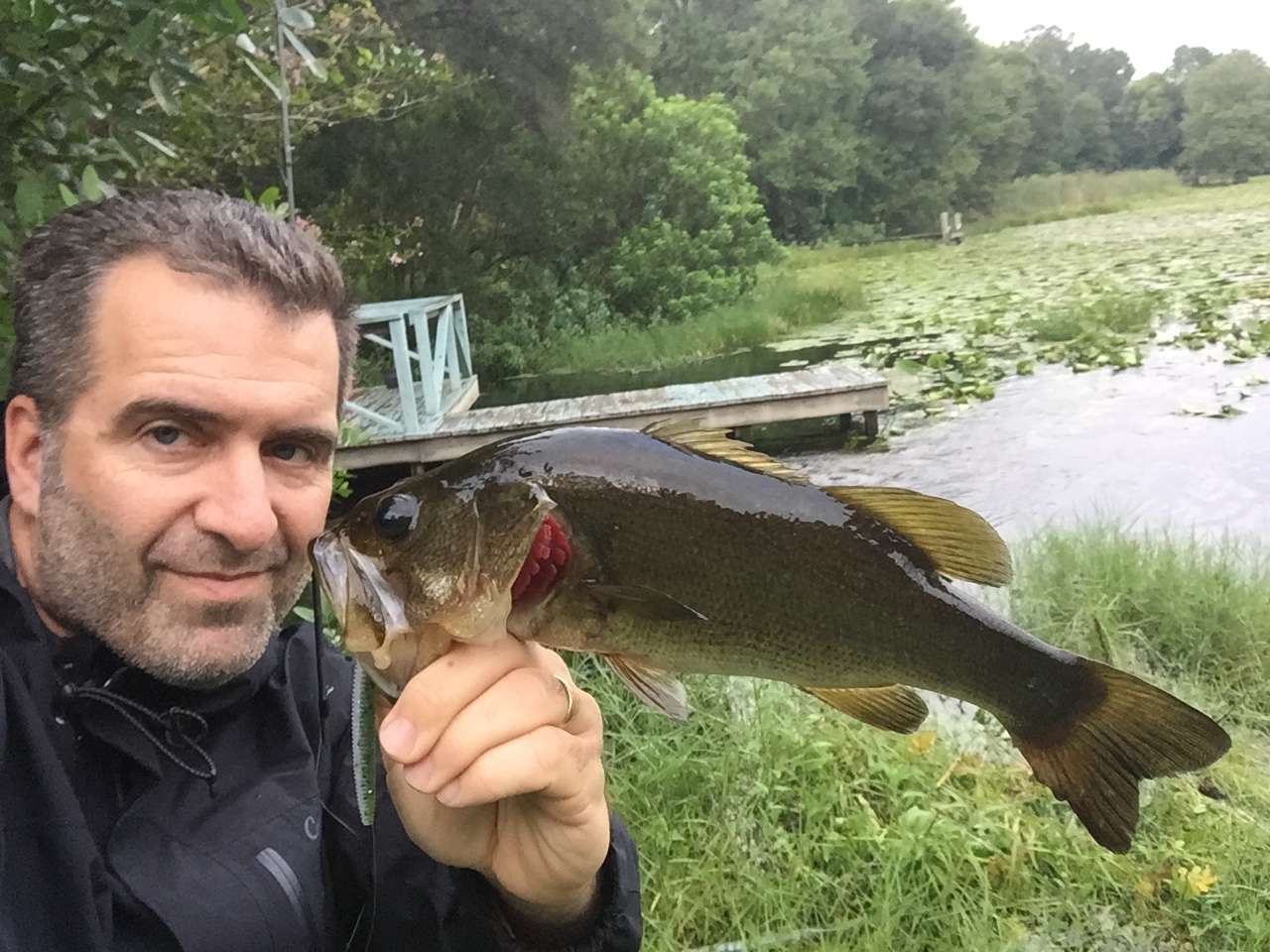
“It was the best of times, it was the worst of times.”
Dickens opened his famous historical fiction work with a comparison strikingly apropos for the Bassmaster Elite Series’ back-to-back Texas events. While A Tale of Two Cities was set in late 18th Century London and Paris, last week’s tournament in Yantis, Texas presented a much different scenario than anglers are finding this week in Orange, Texas.
The term “worst” might be a little harsh, but following Lake Fork’s big-fish bonanza, the Sabine defines disparate. Last week, the entire top-10 field broke 100 pounds. It’s unlikely that this week’s winner will reach 50.
Variables are countless, but a handful of irrefutable points merit consideration.
The Playing Field: No one with practical knowledge and seasoned experience would rightly describe Lake Fork as “easy.” Case in point: Local guide Lee Livesay, won two Elite titles on his home lake, but bombed last week’s event.
Much of Livesay’s misfortune came down to unfavorable rotation — a common vexation on this 27,264-acre lake. Frustrating, but Fork’s straightforward layout — three main creek arms — generally facilitates travel and makes relocation less of a gamble.
This week’s tournament waters comprising the Sabine River and multiple tributaries within seven Texas counties stretching from the Toledo Bend Dam across to Houston’s east side. Clearly, the Sabine offers significantly more area to explore, but hopping from one main area to another burns the clock.
Competitors typically need to commit to one main area and then work to develop a handful of particular spots therein. The Sabine’s current complexion — high and muddy from recent upstream rains — has created extremely challenging conditions.
And as if that weren’t enough, south winds have been holding up the high tides and robbing anglers of the preferred falling water stages.
Size Matters: The Texas Parks and Wildlife Department manages Lake Fork as a trophy fish lake and several years of stocking Florida bass (formerly known as Florida-strain largemouth) has yielded big numbers of quality bass. With a double-digit monster literally possible on every cast, 5-pounders won’t impress anyone.
A 5-pounder in this week’s event at the Sabine would be a straight-up game changer.
Consider this perspective from Jay Przekurat, who placed fourth on Day 1, largely on the strength of his 3-pound kicker: “That 3-pounder is like the 10-pounder (actually 9-14, but close enough) I caught last week at Lake Fork.”
In fairness, no one’s dissing the Sabine. This is a relatively healthy fishery with vast acreage of fishable habitat, lots of forage and a mix of traditional freshwater fish and coastal species like redfish, flounder and mullet that can tolerate lightly brackish to fresh water.
However, proximity to the Gulf of America leaves this fishery exposed to tropical weather, with storm surges occasionally pushing enough saltwater inland to negatively impact the bass population. Few survive long enough to reach 5-plus pounds, so anglers often struggle to find bass that meet the 12-inch minimum.
On Day 1, Przekurat set the hook on a tiny fish that immediately flew out of the water and bonked his cameraman on the head. Fish and videographer were fine, but the incident starkly contrasted the previous week’s event at Fork, when anglers commonly yanked on fish that yanked back.
Another one: John Cox pitched his trademark Berkley MaxScent The General into shoreline cover and promptly set the hook on a squeaker that flew out of the cover with such velocity that the line wrapped around Cox’s legs.
Typically, you don’t want those Lake Fork fish hitting you in the knees, the noggin or anywhere. Most Sabine fish barely leave a slime trail.
Exhaustive Effort: Matty Wong offered a mathematical breakdown that summarized the reality of Sabine River productivity. While Lake Fork saw 90 of the 102 anglers catch their Day-1 limit, the Sabine’s first round yielded only 69. Wong was rightfully thankful for his five keepers.
“The major difference was that last week, almost the entire field was scoping (hunting specific fish on forward facing sonar), but I knew this tournament was going to be a good, old-fashioned put-your-head-down-and-grind event,” Wong said. “I made over 3,200 casts (on Day 1) and I caught eight bass, so that’s (approximately) 400 casts per bass.
“I worked for every last one of those little green slimy buggers in my bag.”
Expectations Adjusted: Stetson Blaylock entered Day 2 in second place with 11-5. Expecting slim pickings, he said that reaching that double-digit mark was a victory.
“For me, it’s a mindset thing,” Blaylock said. “I think a lot of guys left lake like Fork, where every bite has the potential to be an 8-pounder and then you come here (to the Sabine) and it’s much different.
“I knew 10 pounds was going to be key and I knew I just had to fight through it. I did this last year at the Sabine; I caught a good bag on Day 1 and it carried me through the whole tournament. The difference this time around, I’m in an area with big fish and to see a couple of them bite today is a good feeling.”
Margin of Error: With no implication of laziness or imprecision, Przekurat pointed out the brutal truth that will no doubt keep everyone on their A-game this week.
“You have to really dial in your area; you have to make every cast and every hook set count. At Fork, you can get away with losing a 5, because you might catch a 7.”
At this point in the competition, a winning picture has yet to materialize. That being said, the victory will surely be defined by time management, consistency and execution.





